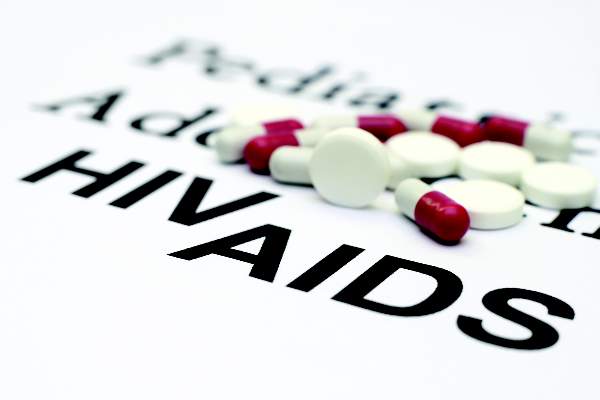A great volume of HIV and AIDS research enters the medical literature every month. It’s difficult to monitor everything, so here’s a quick look at some notable news items and journal articles published over the past few weeks.
A study in the journal Cancer found that, in the United States, HIV-infected patients with cancer appear to be less likely to receive cancer treatment regardless of insurance and comorbidities.
esearchers in Belgium have proposed a novel strategy – the use of integration inhibitors, called LEDGINs – to reduce the replicating HIV reservoir during primary HIV infection by means of drug-induced retargeting of HIV integration.
Despite immunosuppressive properties intrinsic to opioids, a study in HIV Medicine found that prescribed opioids appeared to have no effect on CD4 cell counts over 24 months among HIV-infected patients initiating antiretroviral therapy.
RA study published in PLOS ONE discovered that deferiprone, a medicinal chelator used by thalassemic patients to treat transfusional iron overload, inhibits HIV-1 production, breakthrough, and rebound in isolate-infected lymphocytes.
T-cell receptor (TCR) clonotypes with superior functions are associated with HIV control , report investigators at the Pasteur Institute in Paris. The researchers said amplification or transfer of such clonotypes may contribute to immunotherapeutic approaches aiming at a functional HIV cure.
A study of acute HIV-1 infection published in the New England Journal of Medicine showed that the viral-load RNA set point was established within 42 days after detectable viremia, was steady over the period of observation, and was associated with the early clinical outcome as measured by the CD4+ T-cell count 12 months after infection, as well as a CD4+ T-cell count below 350 cells/mm3.
Over the last 30 years, the clinical demographic of HIV-associated lymphomas has evolved, and the outcomes have improved, according to an analysis in JAIDS.
Efavirenz-based combination antiretroviral therapy proved to be an effective and safe treatment option for HIV-positive patients observed in a study of the Polish Observational Cohort of HIV/AIDS Patients published in HIV & AIDS Review.
A study of data from the Medical Monitoring Project (MMP) found that adults receiving HIV medical care in the United States during 2009-2013 were increasingly likely to be prescribed antiretroviral therapy and achieve viral suppression.
Initiation of antiretroviral therapy was associated with a very large reduction in HIV acquisition in serodiscordant couples in rural South Africa, according to a study in Clinical Infectious Diseases.
Compared with no preexposure prophylaxis (PrEP) for HIV infection, prioritized scale-up of rilpivirine PrEP in South Africa could be very cost effective or cost saving, a modeling analysis suggested, but suboptimal PrEP would erode benefits and increase costs.
Despite improvements in life expectancy among people diagnosed with an HIV infection in the United States during 2008-2011, disparities by sex and by race/ethnicity persist , reports a study in JAIDS.
A rural South African study found that retaining pregnant and lactating women in option B+ antiretroviral therapy was poor, and suggested that success of option B+ for prevention of mother-to-child transmission of HIV in rural settings with weak health systems will depend on specific improvements in counseling and retention measures, especially at the beginning of treatment.
Forty-eight percent of HIV-exposed infants in Lilongwe, Malawi, were declared lost to follow-up from 2012-2014 , according to a retrospective cohort study. The authors said programmatic data documentation must be urgently improved to better follow-up and link HIV-positive children to antiretroviral therapy.
The statin rosuvastatin effectively lowers LDL and appears to substantially slow progression of common carotid artery IMT in patients with treated HIV infection, according to a study in JAIDS.
Use of weekly text messages about HIV prevention and reproductive health significantly increased rates of HIV testing among young Kenyan women and would be feasible to implement widely among school populations, according to a study published in Sexually Transmitted Diseases.
A study of HIV-infected African children found that immunosuppression is the major determinant of poor outcomes during antiretroviral therapy, but baseline inflammation is an additional important factor. The authors said anti-inflammatory interventions may help improve outcomes.
Improved support for breastfeeding among employed HIV-infected mothers , especially in urban settings, may allow women who are receiving antiretroviral prophylaxis to breastfeed longer, according to a study of breastfeeding women in Botswana.
On Twitter @richpizzi




